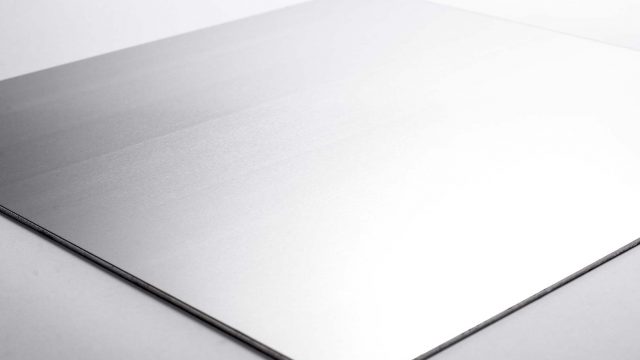
There are a number of great benefits to using aluminium, and it’s a popular metal of choice for many – but did you know it can come in a range of different aluminium finishes?
These can not only have an impact on the appearance of the aluminium, but also increase its lifespan.
Here, we explain some of the different types of finish available, as well as some of the features and benefits each one provides…
The mechanical finish
Aluminium can be mechanically finished like other metals, and usually with the same kinds of equipment. Polishing, buffing and blasting can all be used to create a smooth surface, as they use abrasion to remove the metal.
The chemical finish
A chemical treatment can be applied to aluminium for various purposes. This can include chemical cleaning to remove soils, chemical brightening to achieve a reflective surface, and etching to create mattness.
The anodised finish
This electrochemical process is one of the most widely-used finishing methods, having been around for over 70 years. It involves thickening the natural oxide layer to create a dense film – the longer the aluminium is left in the anodising tank, the thicker the coating.
Incredibly durable, it provides an extra layer of protection, with increased resistance to corrosion and general wear. Anodised aluminium also has great UV protection which makes it ideal for being used outdoors.
Easy to clean on a regular basis, it’s also possible to add a dye so as to offer a range of colours.
The powder coating finish
Another popular treatment, the powder coating finish is essentially paint without the solvent. A mixture of resin and pigment, it’s applied using a spray gun then fused into a smooth coating in a curing oven.
One of the main advantages of powder coating is its uniformed nature and guaranteed consistency – powder-coated aluminium that’s installed at the beginning of a project will look exactly the same as that which is installed at the end. It’s also available in a huge range of colour choices, and you can even get metallic or textured finishes, making it super versatile.
It does tend to be more likely to fade, and if applied incorrectly it can result in an unsatisfactory appearance – that’s why it’s essential that the aluminium is pretreated. However, it’s often easier to repair than other types of finish, meaning you can get more out of its lifespan.
Want to know more? You can learn more about the different grades of aluminium we supply here.





